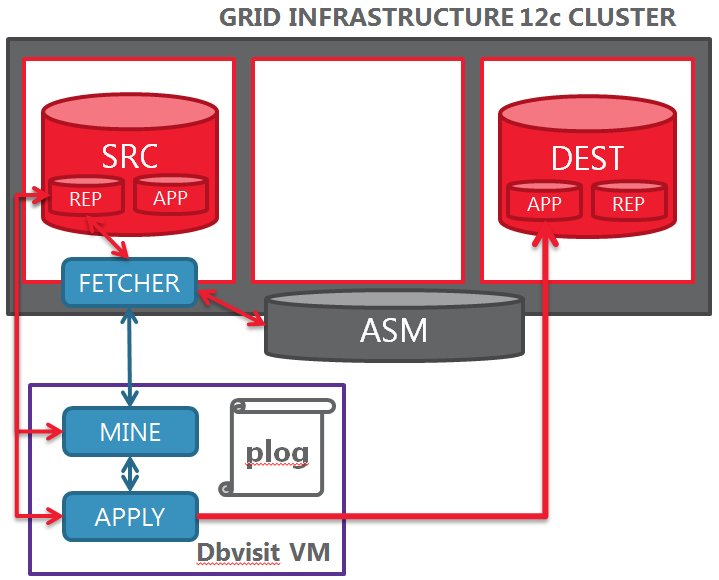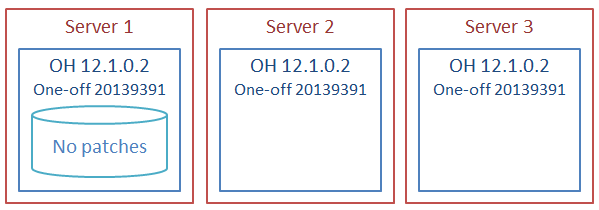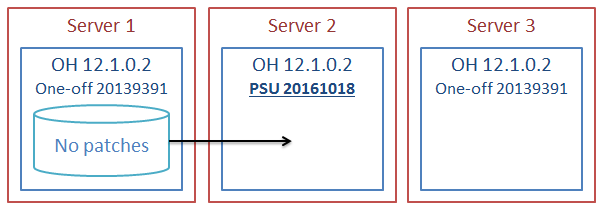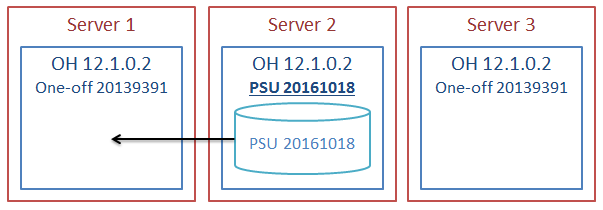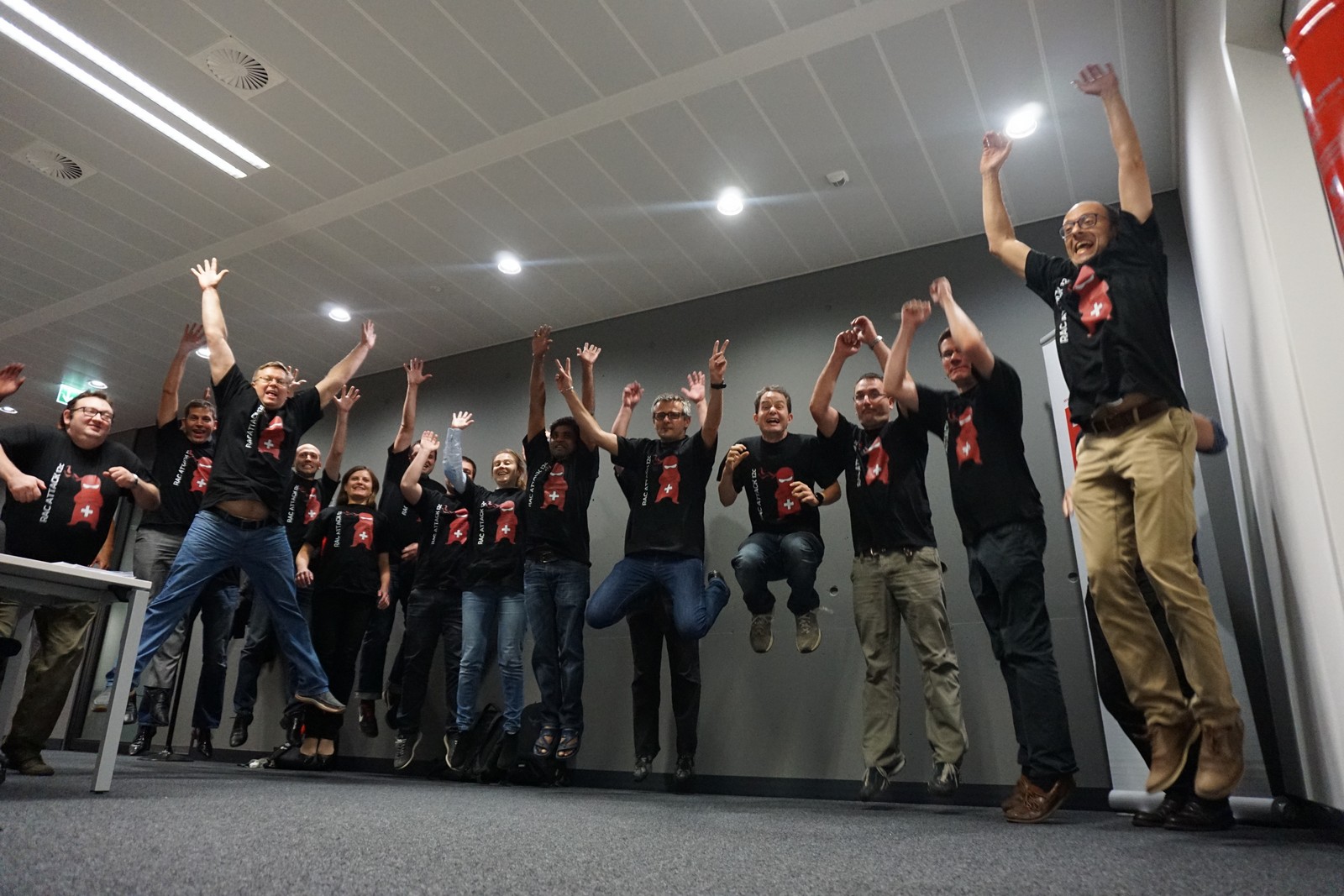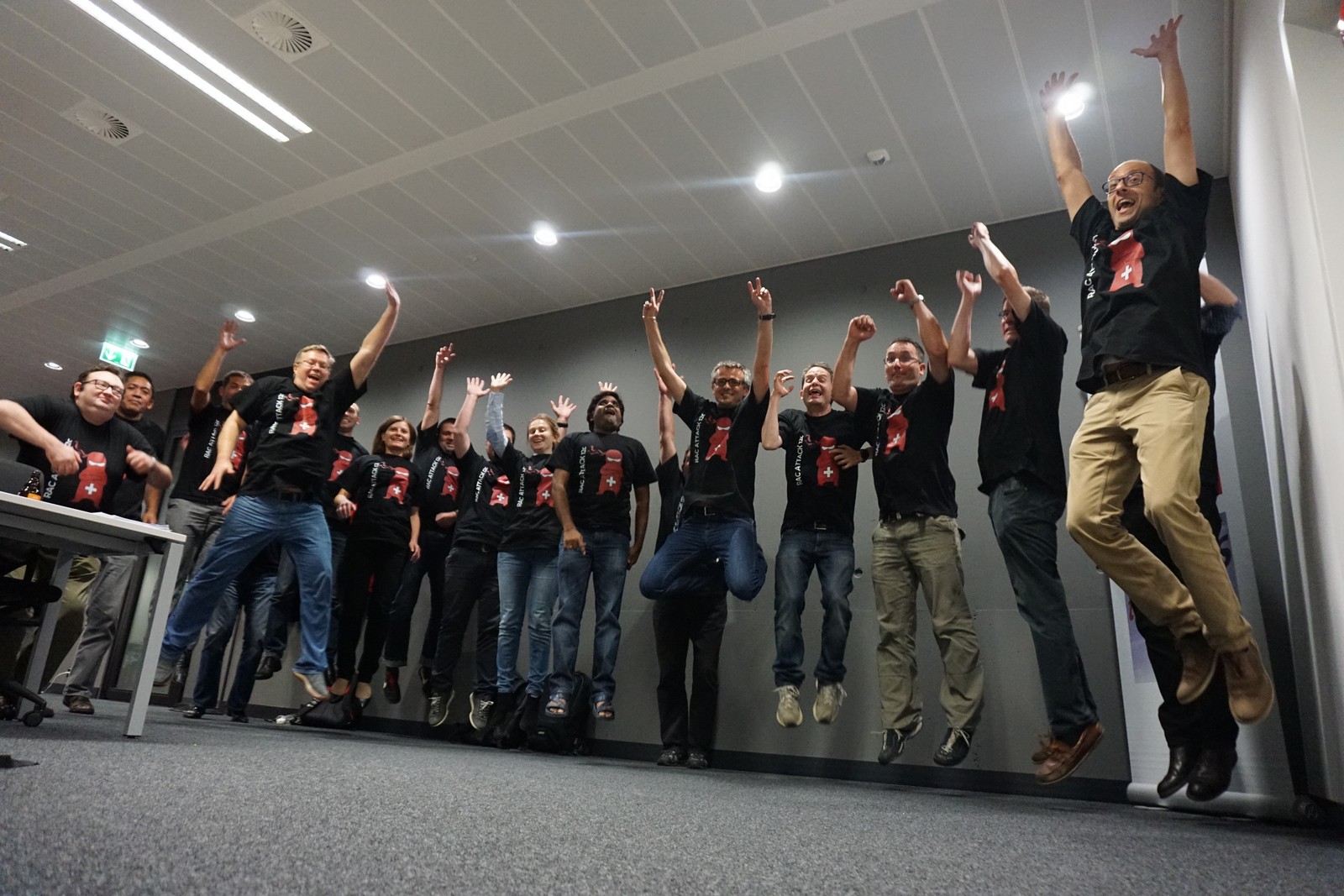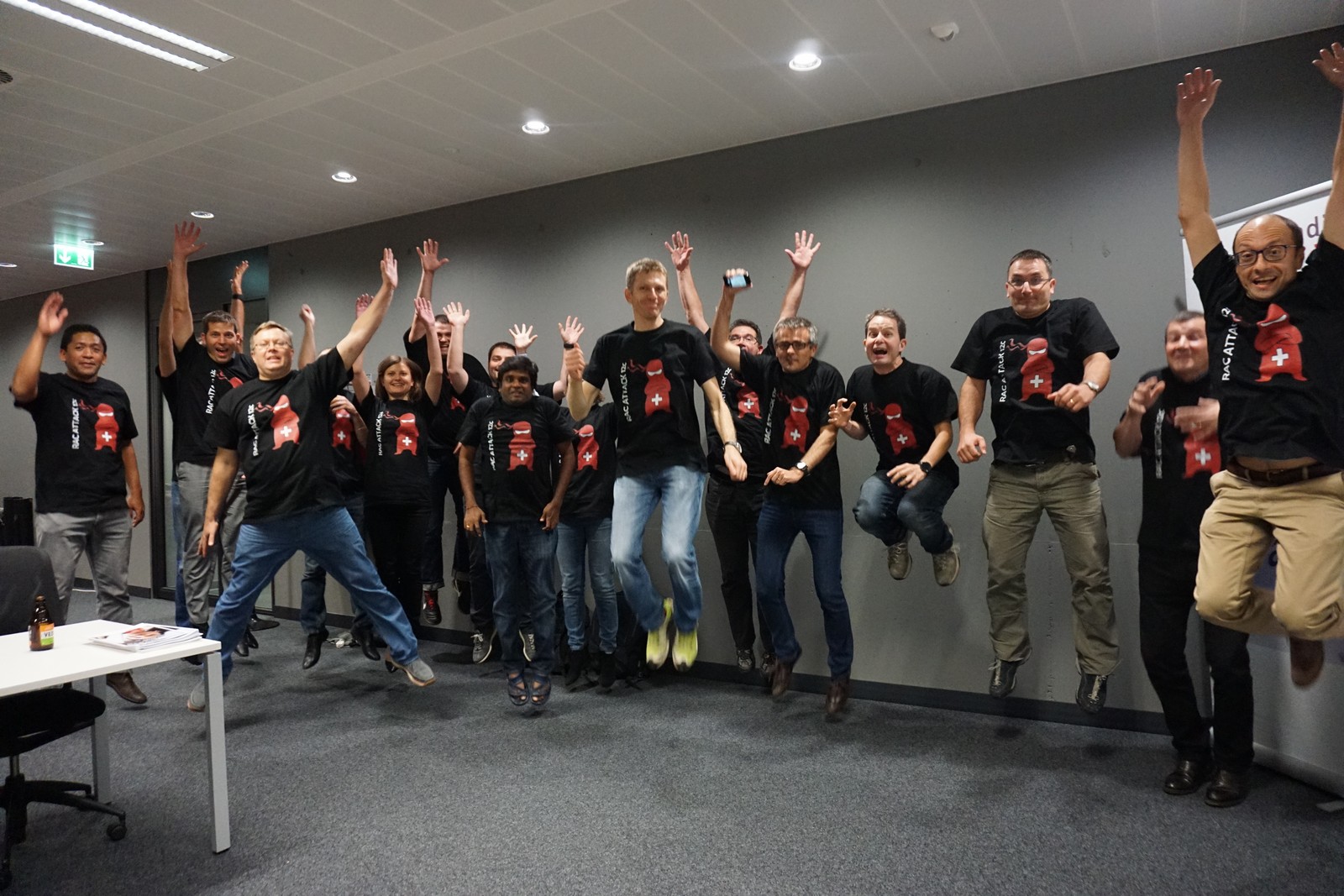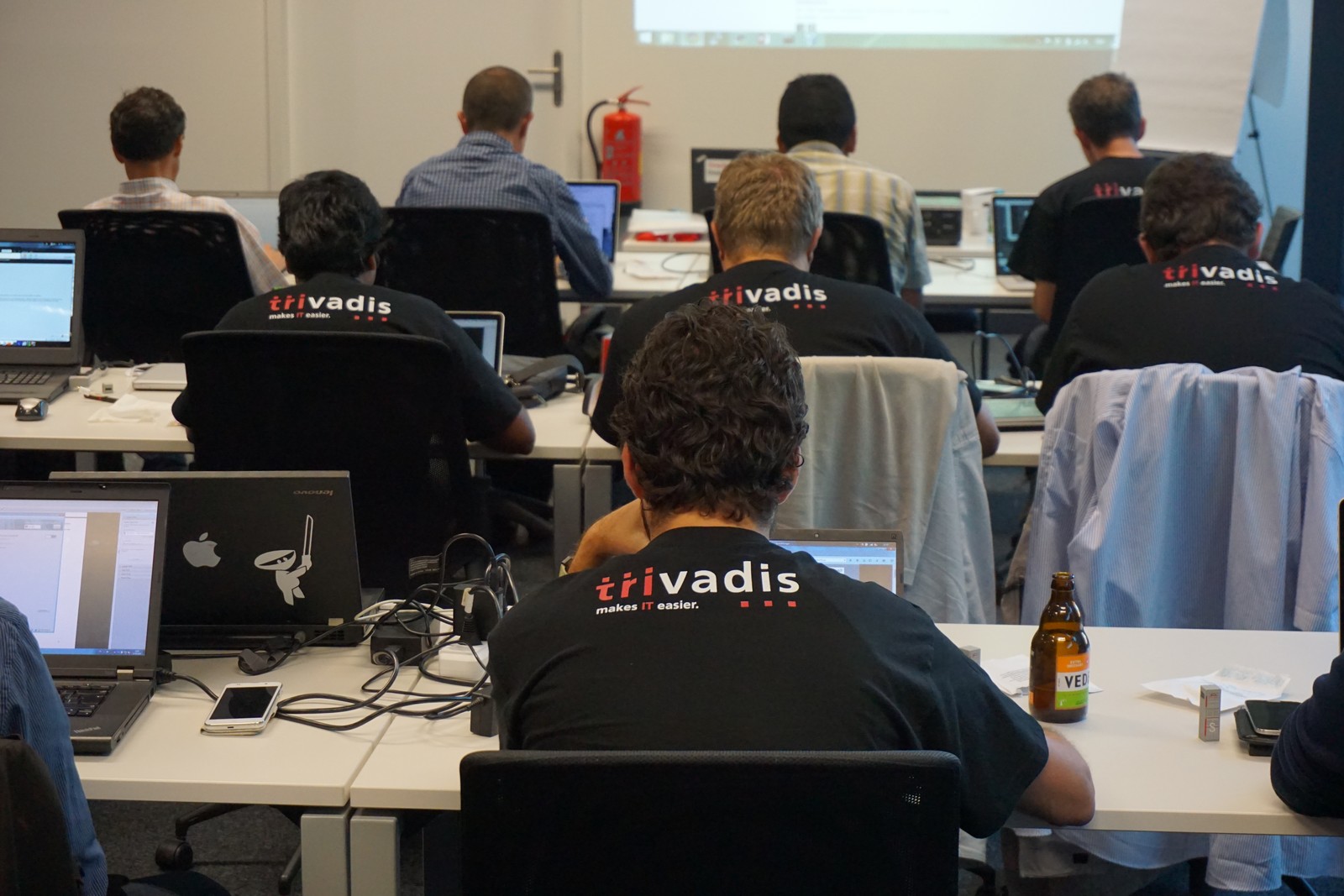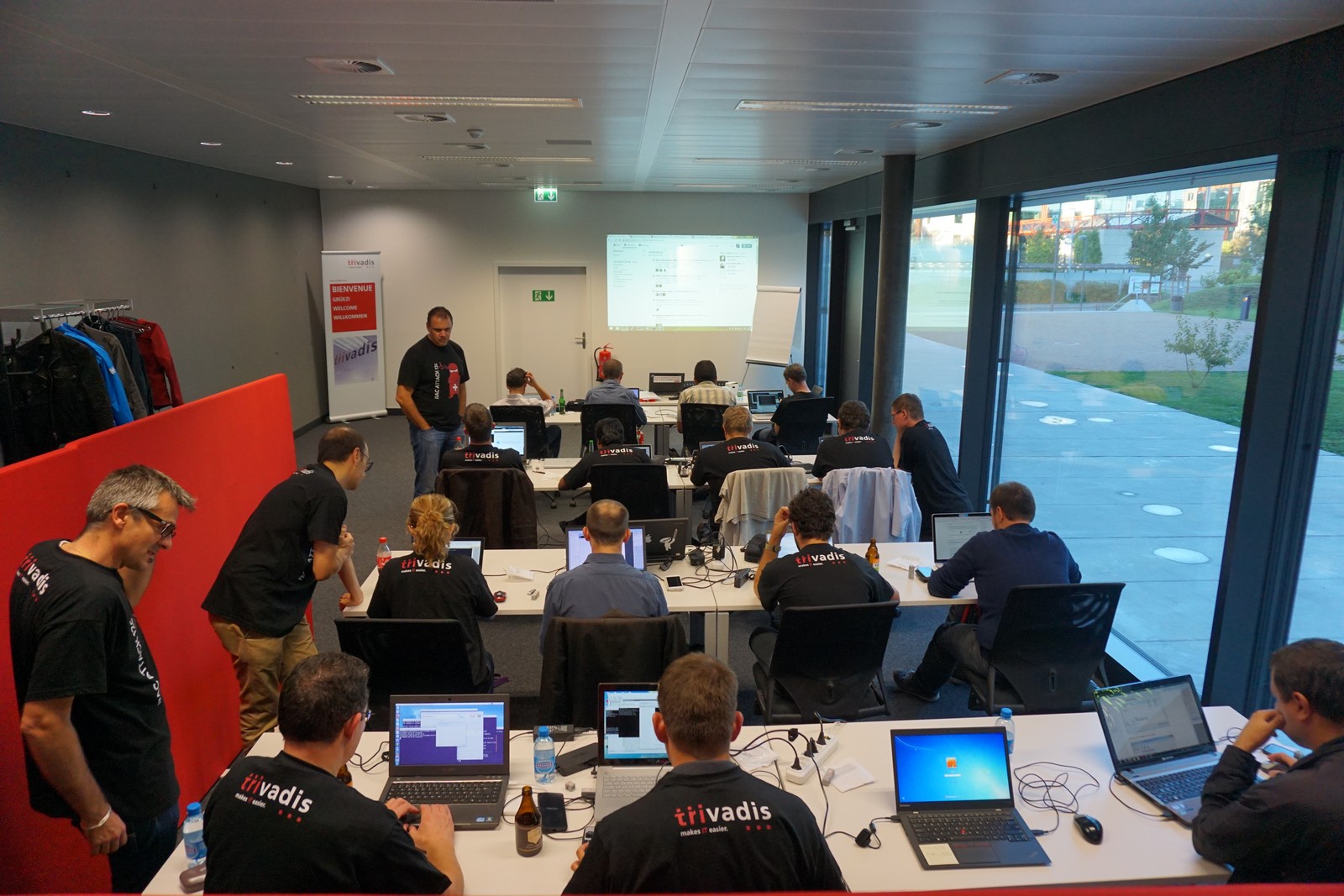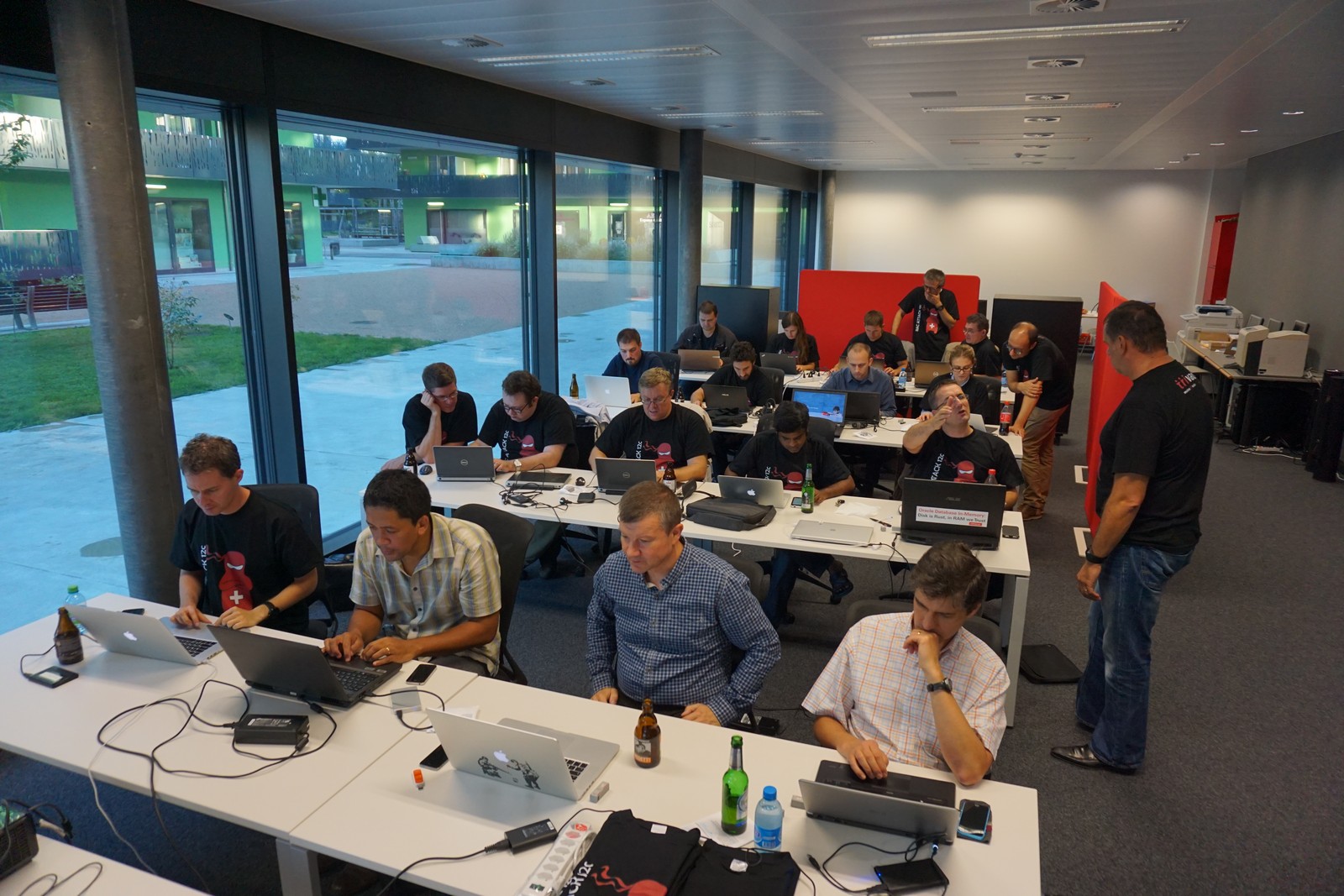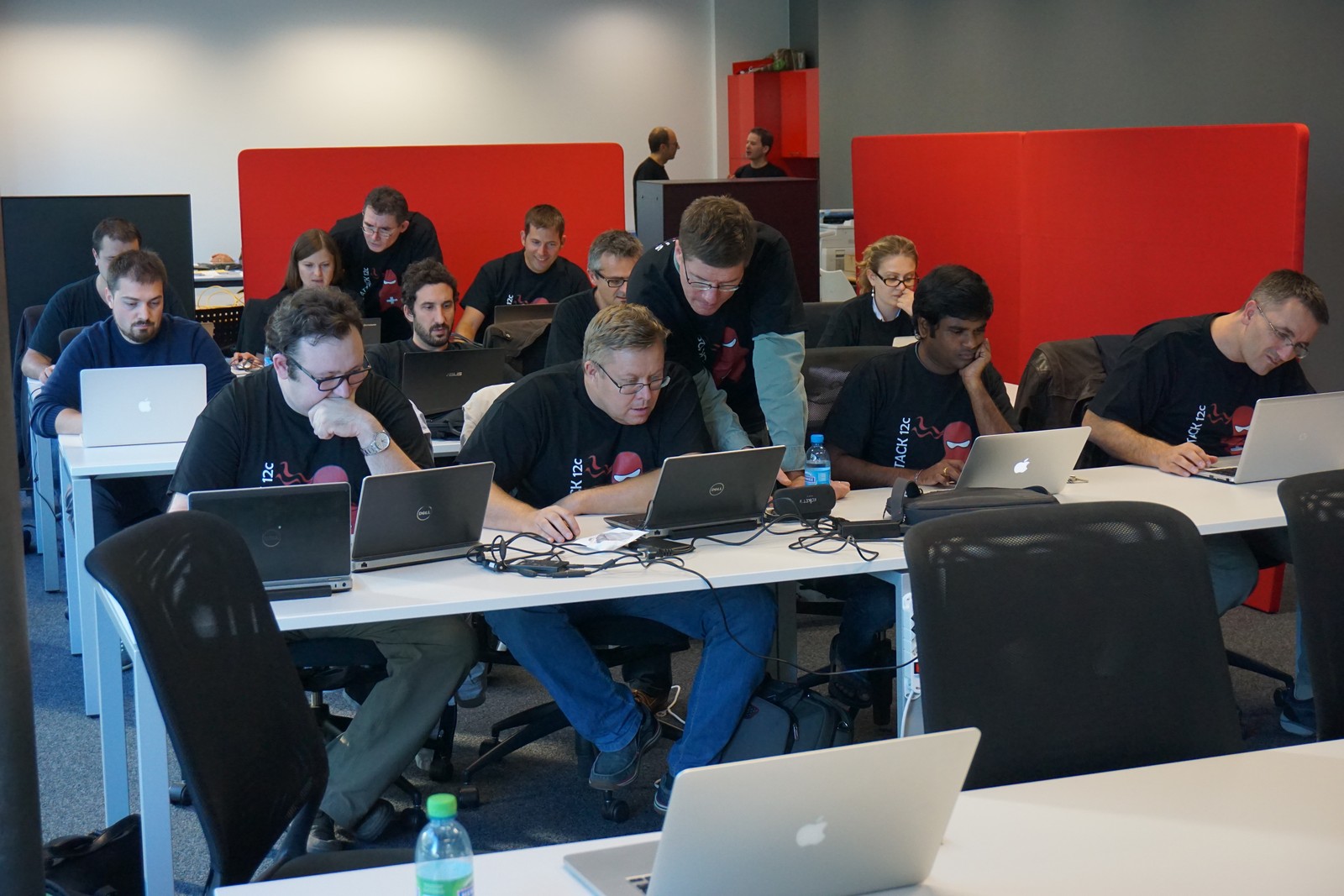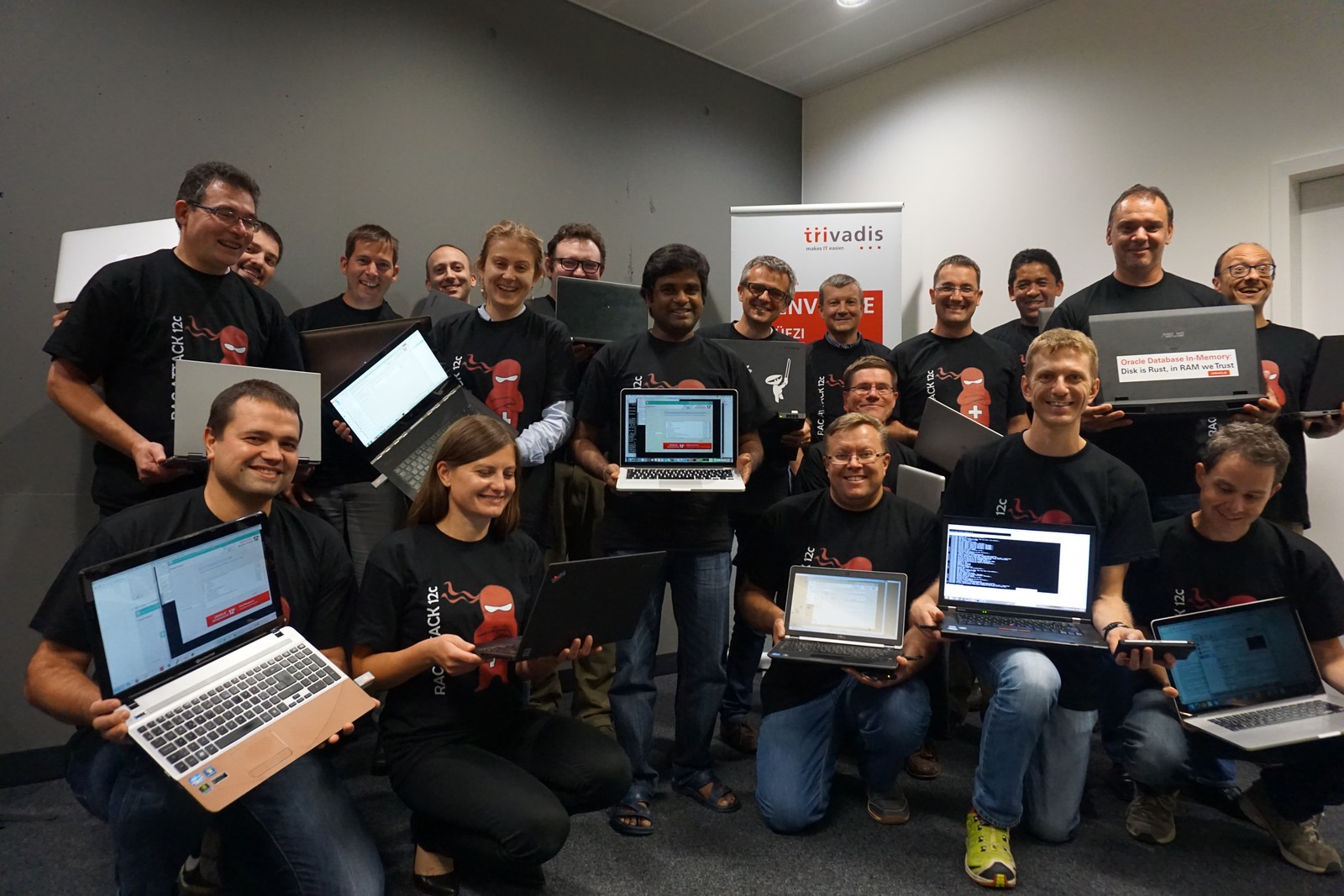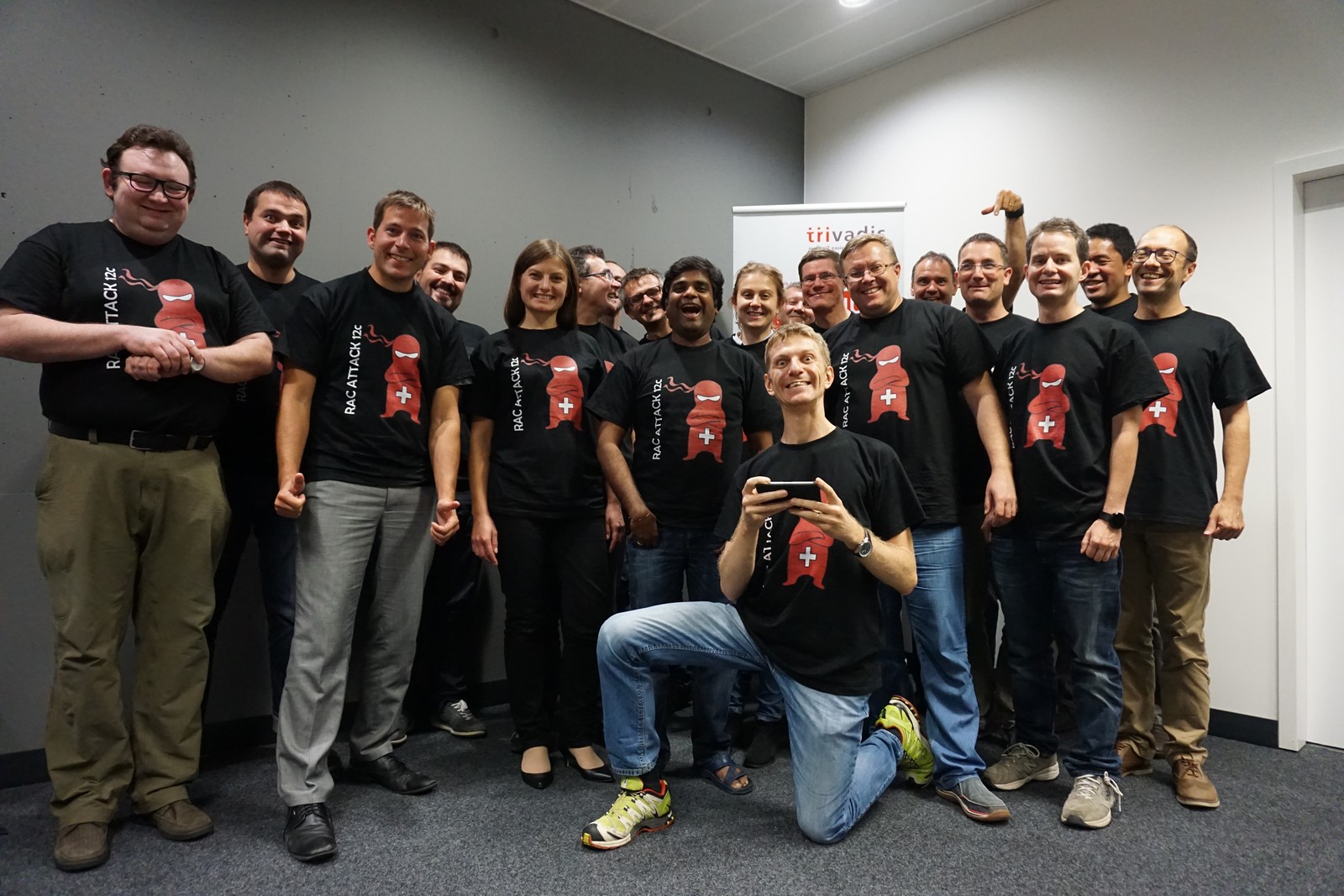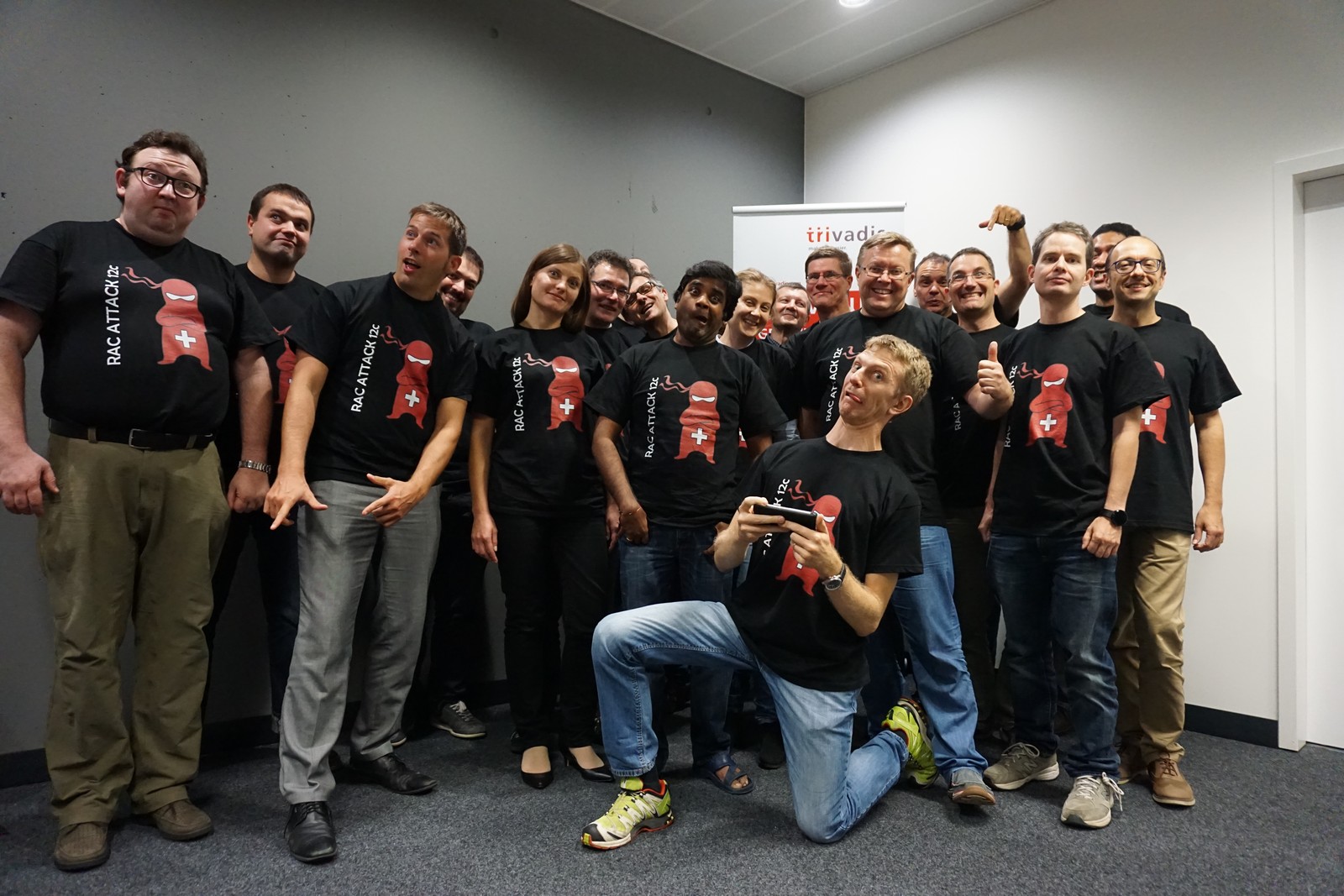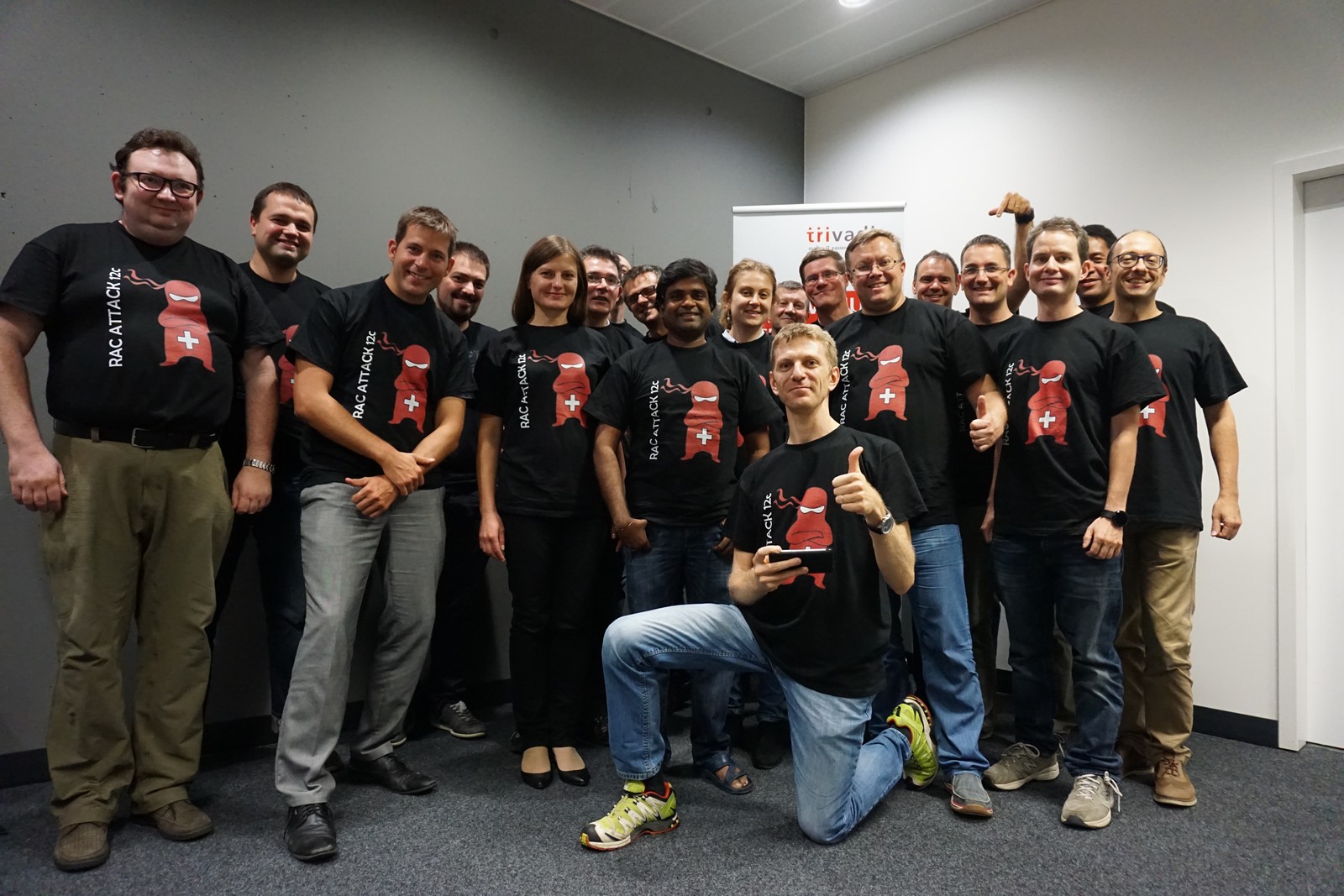oracle@sles01:~> cluvfy stage -pre nodeadd -n rhel01
Performing pre-checks for node addition
Checking node reachability...
Node reachability check passed from node "sles01"
Checking user equivalence...
User equivalence check passed for user "oracle"
Package existence check passed for "cvuqdisk"
Checking CRS integrity...
CRS integrity check passed
Clusterware version consistency passed.
Checking shared resources...
Checking CRS home location...
Location check passed for: "/u01/app/12.1.0/grid"
Shared resources check for node addition passed
Checking node connectivity...
Checking hosts config file...
Verification of the hosts config file successful
Check: Node connectivity using interfaces on subnet "192.168.56.0"
Node connectivity passed for subnet "192.168.56.0" with node(s) sles01,rhel01
TCP connectivity check passed for subnet "192.168.56.0"
Check: Node connectivity using interfaces on subnet "172.16.100.0"
Node connectivity passed for subnet "172.16.100.0" with node(s) rhel01,sles01
TCP connectivity check passed for subnet "172.16.100.0"
Checking subnet mask consistency...
Subnet mask consistency check passed for subnet "192.168.56.0".
Subnet mask consistency check passed for subnet "172.16.100.0".
Subnet mask consistency check passed.
Node connectivity check passed
Checking multicast communication...
Checking subnet "172.16.100.0" for multicast communication with multicast group "224.0.0.251"...
Check of subnet "172.16.100.0" for multicast communication with multicast group "224.0.0.251" passed.
Check of multicast communication passed.
Total memory check passed
Available memory check passed
Swap space check passed
Free disk space check passed for "sles01:/usr,sles01:/var,sles01:/etc,sles01:/u01/app/12.1.0/grid,sles01:/sbin,sles01:/tmp"
Free disk space check passed for "rhel01:/usr,rhel01:/var,rhel01:/etc,rhel01:/u01/app/12.1.0/grid,rhel01:/sbin,rhel01:/tmp"
Check for multiple users with UID value 1101 passed
User existence check passed for "oracle"
Run level check passed
Hard limits check passed for "maximum open file descriptors"
Soft limits check passed for "maximum open file descriptors"
Hard limits check passed for "maximum user processes"
Soft limits check passed for "maximum user processes"
System architecture check passed
WARNING:
PRVF-7524 : Kernel version is not consistent across all the nodes.
Kernel version = "3.0.101-63-default" found on nodes: sles01.
Kernel version = "3.8.13-16.2.1.el6uek.x86_64" found on nodes: rhel01.
Kernel version check passed
Kernel parameter check passed for "semmsl"
Kernel parameter check passed for "semmns"
Kernel parameter check passed for "semopm"
Kernel parameter check passed for "semmni"
Kernel parameter check passed for "shmmax"
Kernel parameter check passed for "shmmni"
Kernel parameter check passed for "shmall"
Kernel parameter check passed for "file-max"
Kernel parameter check passed for "ip_local_port_range"
Kernel parameter check passed for "rmem_default"
Kernel parameter check passed for "rmem_max"
Kernel parameter check passed for "wmem_default"
Kernel parameter check passed for "wmem_max"
Kernel parameter check passed for "aio-max-nr"
Package existence check passed for "make"
Package existence check passed for "libaio"
Package existence check passed for "binutils"
Package existence check passed for "gcc(x86_64)"
Package existence check passed for "gcc-c++(x86_64)"
Package existence check passed for "glibc"
Package existence check passed for "glibc-devel"
Package existence check passed for "ksh"
Package existence check passed for "libaio-devel"
Package existence check failed for "libstdc++33"
Check failed on nodes:
rhel01
Package existence check failed for "libstdc++43-devel"
Check failed on nodes:
rhel01
Package existence check passed for "libstdc++-devel(x86_64)"
Package existence check failed for "libstdc++46"
Check failed on nodes:
rhel01
Package existence check failed for "libgcc46"
Check failed on nodes:
rhel01
Package existence check passed for "sysstat"
Package existence check failed for "libcap1"
Check failed on nodes:
rhel01
Package existence check failed for "nfs-kernel-server"
Check failed on nodes:
rhel01
Check for multiple users with UID value 0 passed
Current group ID check passed
Starting check for consistency of primary group of root user
Check for consistency of root user's primary group passed
Group existence check passed for "asmadmin"
Group existence check passed for "asmoper"
Group existence check passed for "asmdba"
Checking ASMLib configuration.
Check for ASMLib configuration passed.
Checking OCR integrity...
OCR integrity check passed
Checking Oracle Cluster Voting Disk configuration...
Oracle Cluster Voting Disk configuration check passed
Time zone consistency check passed
Starting Clock synchronization checks using Network Time Protocol(NTP)...
NTP Configuration file check started...
No NTP Daemons or Services were found to be running
Clock synchronization check using Network Time Protocol(NTP) passed
User "oracle" is not part of "root" group. Check passed
Checking integrity of file "/etc/resolv.conf" across nodes
"domain" and "search" entries do not coexist in any "/etc/resolv.conf" file
All nodes have same "search" order defined in file "/etc/resolv.conf"
PRVF-5636 : The DNS response time for an unreachable node exceeded "15000" ms on following nodes: sles01,rhel01
Check for integrity of file "/etc/resolv.conf" failed
Checking integrity of name service switch configuration file "/etc/nsswitch.conf" ...
Check for integrity of name service switch configuration file "/etc/nsswitch.conf" passed
Pre-check for node addition was unsuccessful on all the nodes.

